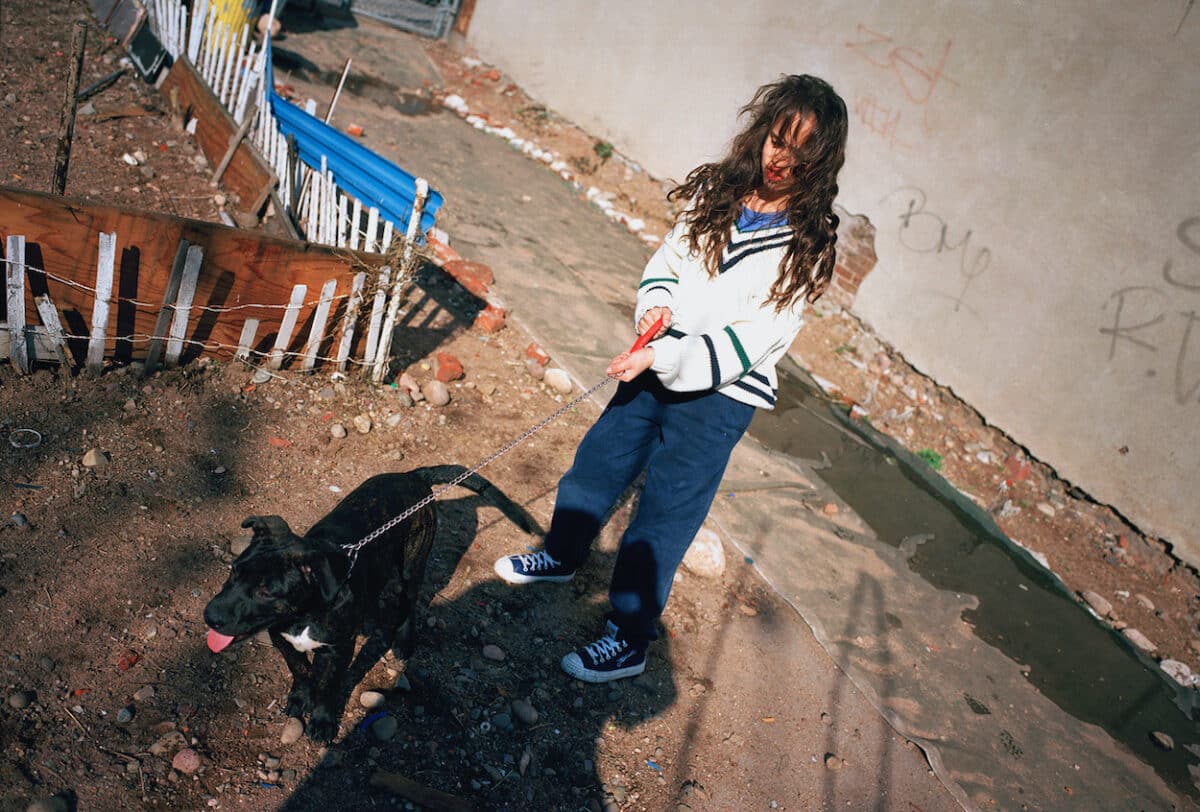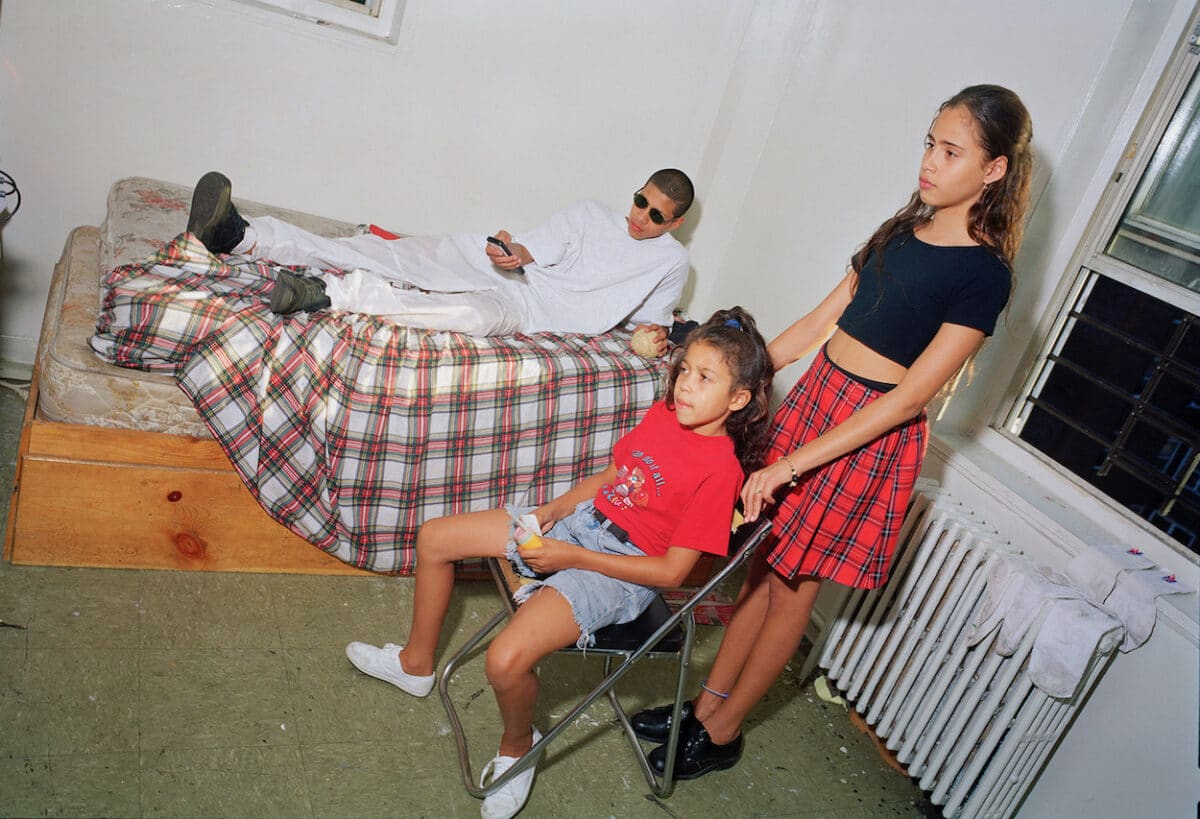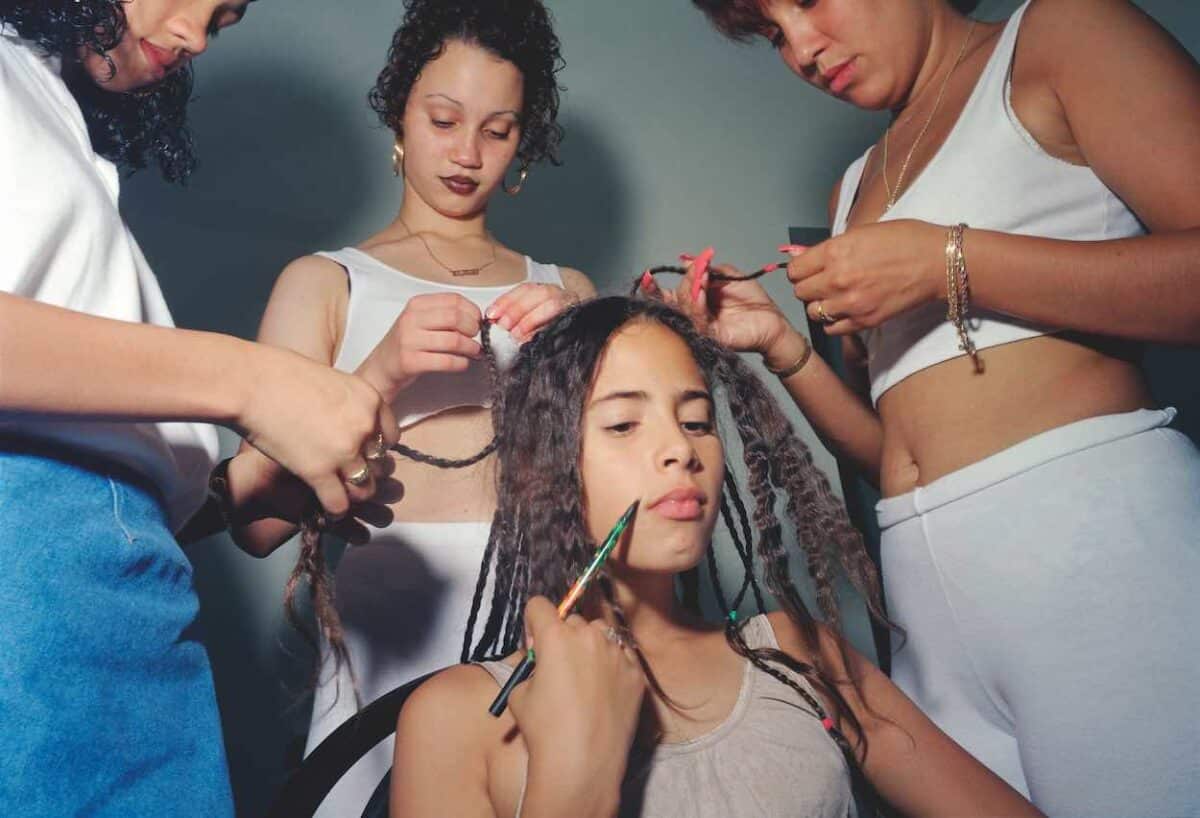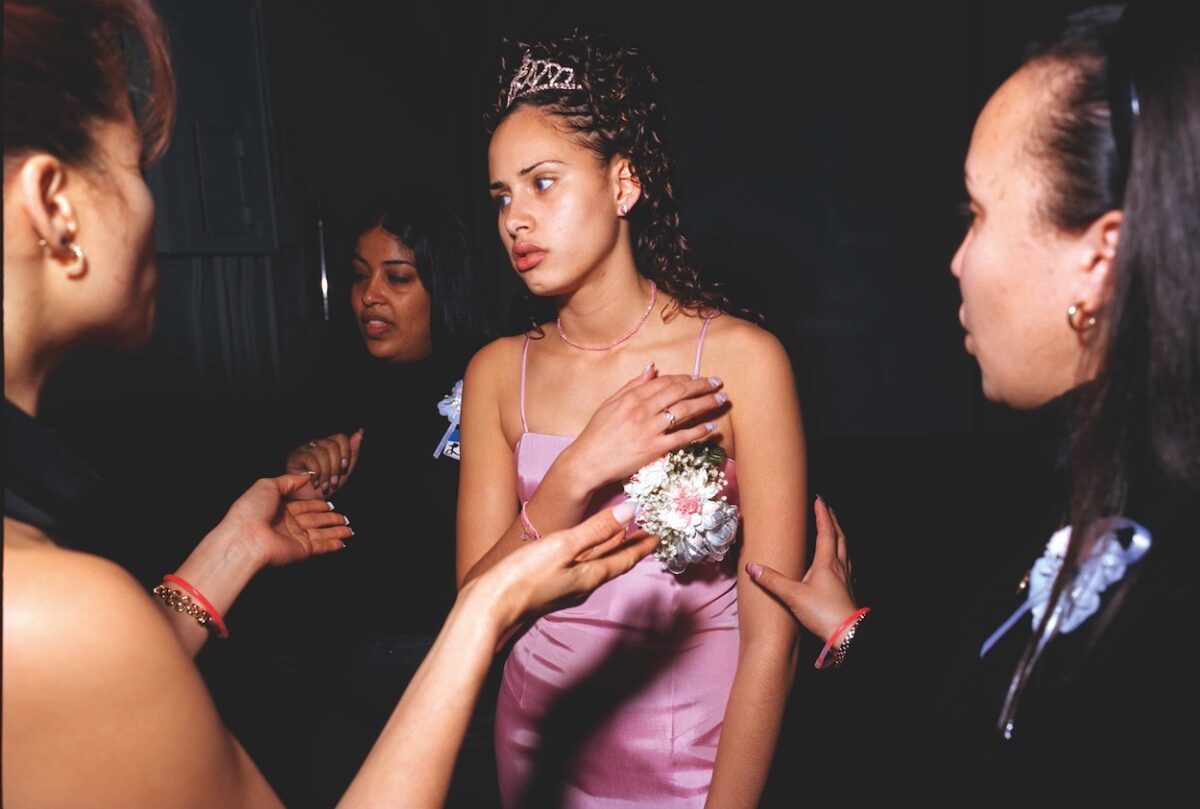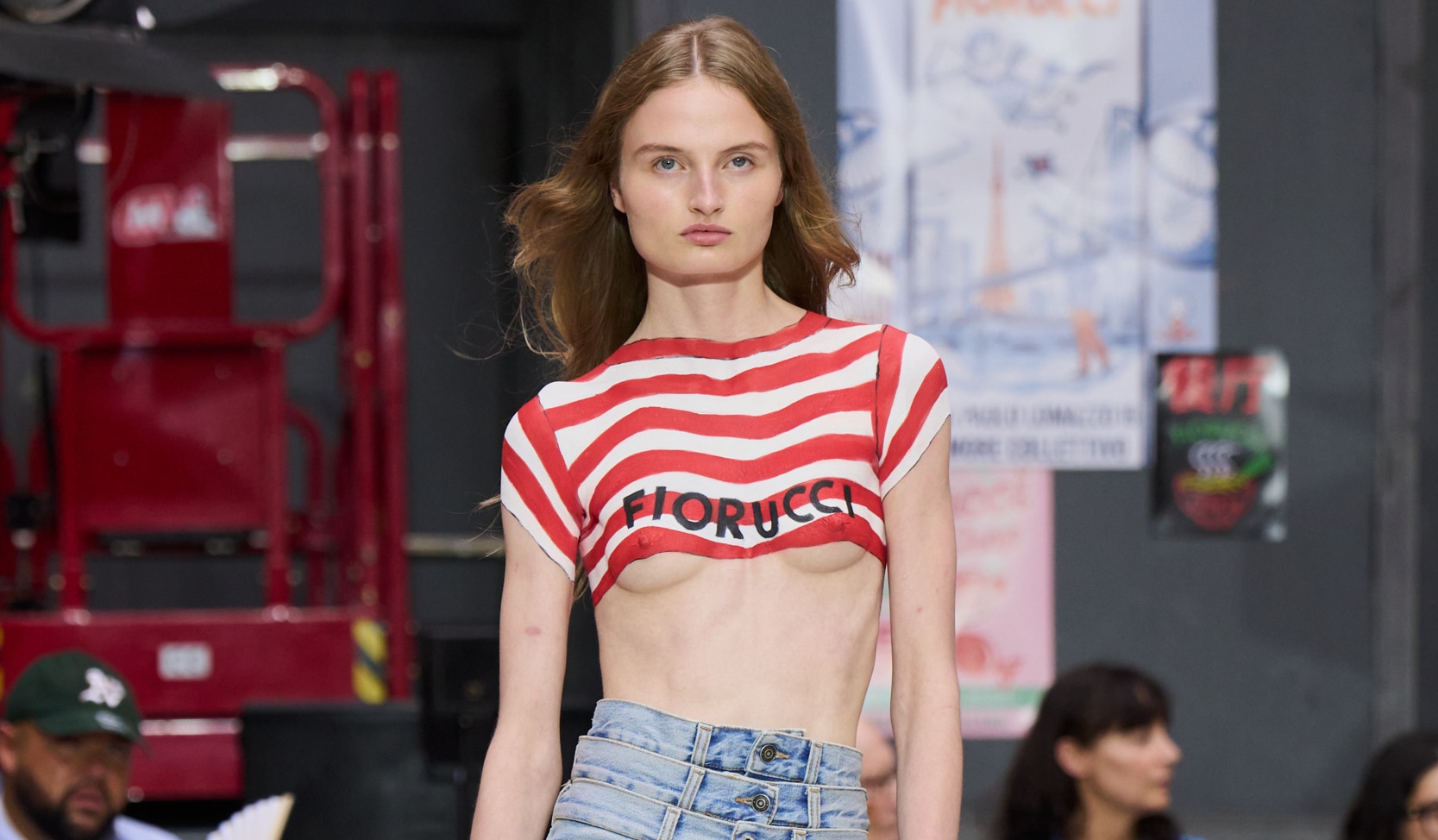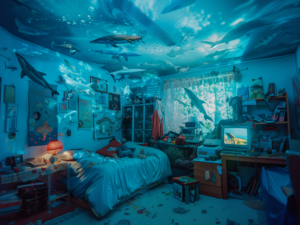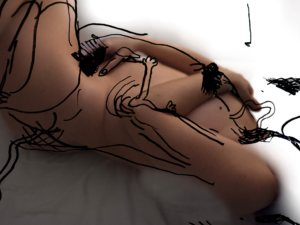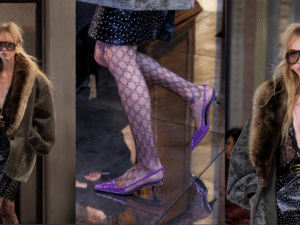“This work is informed by my own beginnings. I perceive it as a search for my own girlhood.”
PHOTO BOOK: ANGELA CAPPETTA DOCUMENTS GIRLHOOD WITH HONESTY AND DEPTH
Fräulein in conversation with Angela Cappetta
Fräulein: Why did you choose to follow this particular family? How did you get into contact with them and how did you gain their trust?
Angela Cappetta: I lived on the Lower East Side back when it was still affordable. Yet I saw clues of gentrification starting to simmer, just like in the neighborhood in New Haven where I grew up. I often awoke early to photograph in the morning light with a 6×9 camera. This is when the streets felt safest. At that hour, families were out and kids were in the playgrounds. But no one was walking around with designer coffee, it was still a real neighborhood. This is where I love to do my work. I met this family in those early morning hours.
Candidly, I pursued this subject matter because I lived nearby and it was easy. I was working a lot shooting commercially. I lived in an airplane, which was exhausting — my record is seven cities in nine days. Shooting close to home afforded me the opportunity to be in my neighborhood and function creatively. It became a ritual I could rely on, something to look forward to. It was a real joy for me and I didn’t have to exhaust myself to do it.
Why did you decide to focus on Glendalis, the youngest daughter of three sisters, for your photo series – and not on other family members?
I am myself a youngest daughter. In the pictures I shoot of my own family I’m obviously not in any of them. I felt like I was missing and it made me wonder how I fit in; this was a new idea for me. I learned that the process of photographing a family can take place through one member. This member then becomes the nucleus of a project. At some point, I don’t remember when, the project went from being about everyone in that family to being about the youngest daughter as narrator. The series eventually took her name.
What unique aspects or challenges did you encounter while photographing someone in different stages of life?
Being a documentary-style photographer can be a solitary endeavor. In the boot-strapping days of a nascent project, the greatest challenge any artist can face is keeping up with expenses like film, paper and chemistry. This overhead sometimes prevented me from shooting more than I’d have liked. In the end, though, I sold enough prints and earned enough grant money to keep at it.
Your photography project spanned several years. What challenges did you face in maintaining the continuity and momentum of such a long-term project?
The expense of a long-term project can be an onus for any working artist. We toil in darkrooms, write essays, fill out grant applications, go to residencies, meet curators, etc. Eventually, we come up with a body of work. This requires a great deal of discipline and focus.
At some point we come to realize the work isn’t meant to sit in a box. It has to take on a life of its own. This is when selling prints, exhibiting and ultimately making a book becomes a fulcrum moment.
My Italian publishers L’Artiere helped me shepherd the work into its current iteration. Gianluca and Gianmarco Gamberini created a truly collaborative opportunity for the project to hold its own space. I learned that a monograph frees a viewer to experience what the pictures mean to them. It simultaneously frees the artist to let the viewer have their own path.
Referring to the title of the book: What shapes ‘The Life and World of a Youngest Daughter’ the most?
As the youngest daughter myself, in these Lower East Side streets and apartments, I imagined my own family. Much like the family I photographed, I grew up in a culture where we were all on top of each other, no one had any personal space or boundaries. Living multi-generationally is a bit of a free-for-all. This family system informed my own beginnings. It encouraged in me a natural progression, seeking out gentle evidence of compelling lives lived. This deepening practice over the years created for me the slow, steady realization that a youngest daughter possesses an eloquent voice.
How did this specific photo project differ from your usual work?
It doesn’t. My work is largely nested in the realm of long-term documentation. Even my shorter-term private commissions have a chronological look and feel. I am looking for that which binds us.
What is the core message of your photo project, and what do you hope viewers will take away from it?
I only want for people to decide what my work means to them. It will mean different things to different people.
Garry Winogrand once said, “A still photograph is the illusion of a literal description of how a camera saw a piece of time and space.” This means that each picture is a new fact. It is not what happened but a new thing unto itself. I want the work to have its own life and I want the viewer to decide for themselves what to take from it.
Interview by Franka Klaproth & Vivien Schleich
Images: Angela Cappetta’s Glendalis: The Life and World of a Youngest Daughter – Courtesy of L’Artiere

